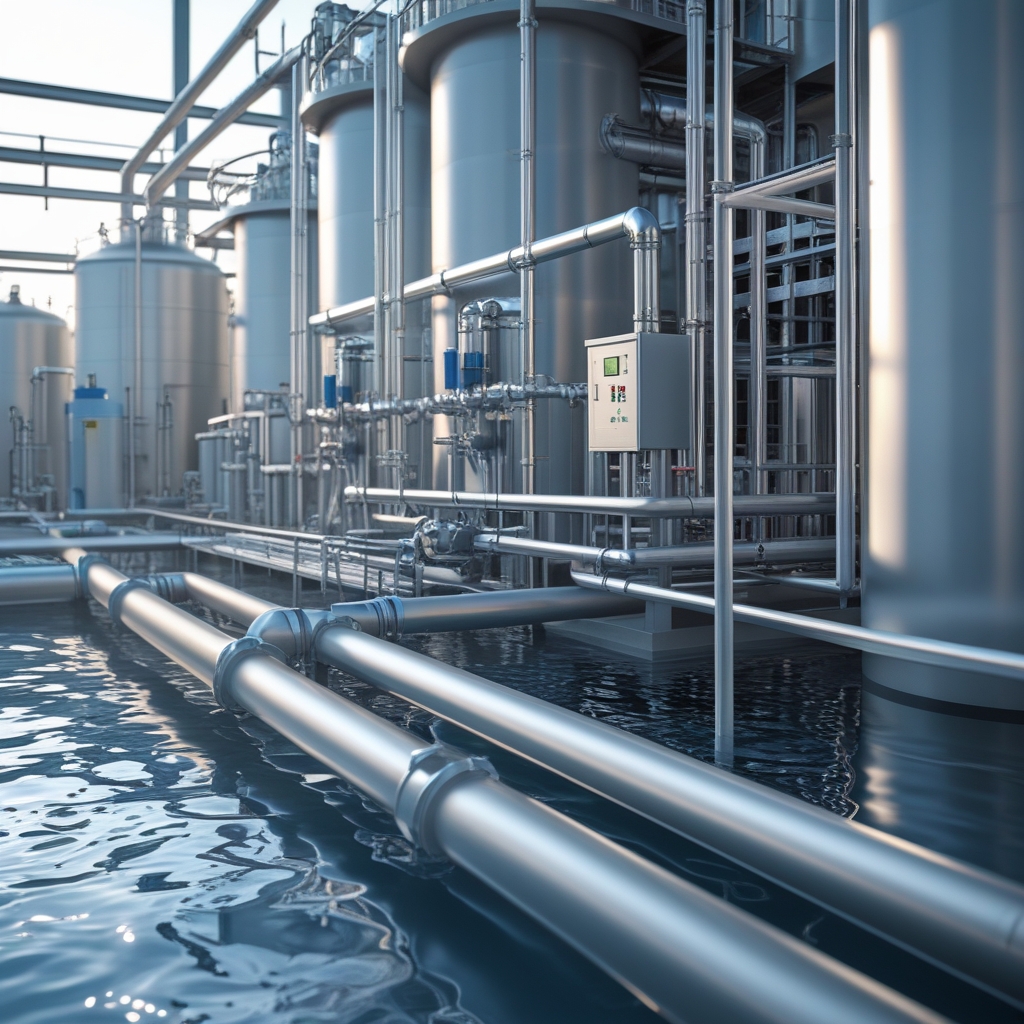Enhancing Industrial Water Treatment with Sodium Tripolyphosphate (STPP): Applications and Benefits

Sodium Tripolyphosphate (STPP) is a versatile chemical widely utilized in industrial water treatment processes. Its multifunctional properties make it an essential component in maintaining water quality, preventing corrosion, and controlling scaling. This article explores the applications, benefits, and considerations of using STPP in industrial water treatment.
Dosage Recommendations
The recommended dosage of STPP in industrial water treatment varies based on the specific application and the quality of the water being treated. Generally, the dosage ranges between 1 to 10 ppm (parts per million). For severe scaling or corrosion issues, higher concentrations may be necessary. Laboratory testing is essential to determine the optimal dosage for a given system.
Environmental Considerations
While STPP is effective in water treatment, its discharge into natural water bodies can contribute to eutrophication, leading to excessive algae growth and oxygen depletion. It is crucial for industries to implement proper wastewater treatment protocols to mitigate environmental impacts. Additionally, the use of biodegradable alternatives and advanced treatment technologies can reduce the potential environmental hazards associated with STPP.
Case Studies and Practical Examples
Numerous industries have successfully implemented STPP as a primary water treatment agent. For example, textile manufacturers have reported significant improvements in dye consistency and fabric quality due to effective water softening. Similarly, paper mills utilizing STPP have experienced enhanced production efficiency by minimizing resin buildup and improving paper quality. Cooling tower maintenance companies have also noted extended equipment lifespans and reduced maintenance costs through the prevention of scale and corrosion.
Conclusion
Incorporating Sodium Tripolyphosphate in industrial water treatment offers multiple benefits, including water softening, scale inhibition, corrosion prevention, and improved suspension stability. Its versatile applications across various industries underscore its significance. However, responsible usage and wastewater management are essential to minimize environmental repercussions. Future advancements in STPP formulations and treatment methodologies could further enhance its efficiency and reduce its ecological footprint.
Frequently Asked Questions (FAQs)
What is Sodium Tripolyphosphate (STPP)?
STPP is a chemical compound used in industrial water treatment to prevent scaling, corrosion, and improve water quality.
How does STPP prevent scaling in industrial systems?
STPP works by sequestering calcium and magnesium ions, preventing them from forming insoluble deposits.
What industries benefit the most from using STPP?
Textile manufacturing, paper production, oil extraction, and cooling tower maintenance are among the industries that benefit significantly from STPP.
What is the recommended dosage of STPP for water treatment?
Typically, 1 to 10 ppm, but optimal dosage should be determined through laboratory testing based on the specific application.
Are there environmental concerns associated with STPP?
Yes, excessive discharge of STPP into natural water bodies can contribute to eutrophication. Proper wastewater treatment is essential to prevent environmental harm.



